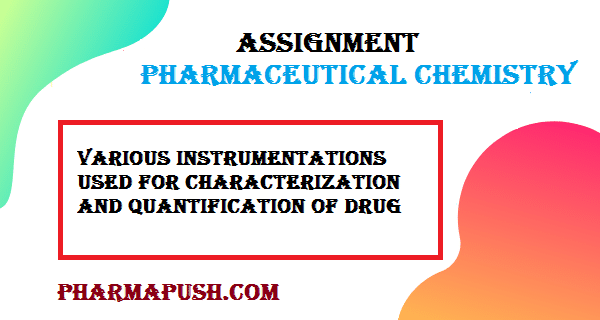What are Green Chemistry?
Green chemistry is a field of chemistry that focuses on the development of chemical products and processes that are safe, efficient, and sustainable. It aims to reduce the negative impact of chemical products and processes on the environment and human health by designing them in a way that minimizes the use and generation of hazardous substances.
The principles of green chemistry include:
- Prevention: designing chemical products and processes that prevent waste and pollution.
- Atom economy: designing chemical reactions that maximize the use of all atoms in the starting materials.
- Less hazardous chemical syntheses: developing chemical reactions that use safer, less toxic chemicals.
- Designing safer chemicals: designing chemicals that are non-toxic, biodegradable, and non-hazardous.
- Safer solvents and auxiliaries: using safer solvents and other auxiliary substances that are less harmful to the environment.
- Renewable feedstocks: using renewable raw materials, such as biomass or agricultural waste, to produce chemicals.
- Energy efficiency: designing chemical processes that use less energy and reduce greenhouse gas emissions.
- Real-time analysis for pollution prevention: monitoring chemical processes in real-time to prevent the formation of hazardous byproducts.
Green chemistry has significant implications for the chemical industry, as it encourages the development of sustainable chemical products and processes that are environmentally friendly and safe for human health. The adoption of green chemistry principles can lead to cost savings, improved health and safety for workers, and reduced environmental impacts.
HISTORY OF GREEN CHEMISTRY
Green chemistry as a field of study emerged in the 1990s in response to growing concerns about the environmental and health impacts of traditional chemical processes and products. The concept of green chemistry was first introduced in a 1991 paper by Paul Anastas and John Warner titled “Green Chemistry: Theory and Practice.”
The origins of green chemistry can be traced back to the 1970s, when environmental concerns first gained significant public attention. In the early 1980s, the U.S. Environmental Protection Agency (EPA) established the Toxics Release Inventory (TRI), which required companies to report on the release of toxic chemicals into the environment. This led to increased public awareness of the negative impact of chemicals on human health and the environment.
You May Like: Significance of quality control and quality assurance in pharmaceutical Industries
In 1990, the Pollution Prevention Act was passed in the United States, which required companies to adopt pollution prevention practices and reduce the use of hazardous substances. This provided a framework for the development of green chemistry principles and practices.
The green chemistry movement gained momentum in the 1990s with the establishment of the Presidential Green Chemistry Challenge Awards, which recognized companies and individuals who made significant contributions to the development of green chemistry. The award program was created in 1995 by the U.S. Environmental Protection Agency (EPA) in collaboration with the American Chemical Society (ACS) and other organizations.
Since then, the field of green chemistry has continued to grow and evolve, with increasing emphasis on the use of renewable resources, the development of sustainable chemical processes, and the adoption of green chemistry principles in education and research. Today, green chemistry is a recognized field of study and practice, with numerous academic institutions and organizations dedicated to promoting the development and adoption of sustainable chemical products and processes.
Nobel Prize in Green Chemistry
There is no Nobel Prize specifically for green chemistry, but the Nobel Prize in Chemistry has been awarded to scientists whose work has contributed to the field of green chemistry.
For example, in 2005, the Nobel Prize in Chemistry was awarded to Yves Chauvin, Robert H. Grubbs, and Richard R. Schrock for their contributions to the development of metathesis, a chemical reaction that can be used to make molecules in a more efficient and environmentally friendly way.
In 2012, the Nobel Prize in Chemistry was awarded to Robert Lefkowitz and Brian Kobilka for their work on G protein-coupled receptors, which has led to the development of more efficient drugs with fewer side effects.
In addition to the Nobel Prize, there are other awards that recognize achievements in green chemistry. For example, the ACS Green Chemistry Institute Pharmaceutical Roundtable awards the Green Chemistry Challenge Awards annually to companies or individuals who have made significant contributions to the development of green chemistry. Other organizations, such as the Royal Society of Chemistry and the European Association for Chemical and Molecular Sciences, also have awards for achievements in green chemistry.


